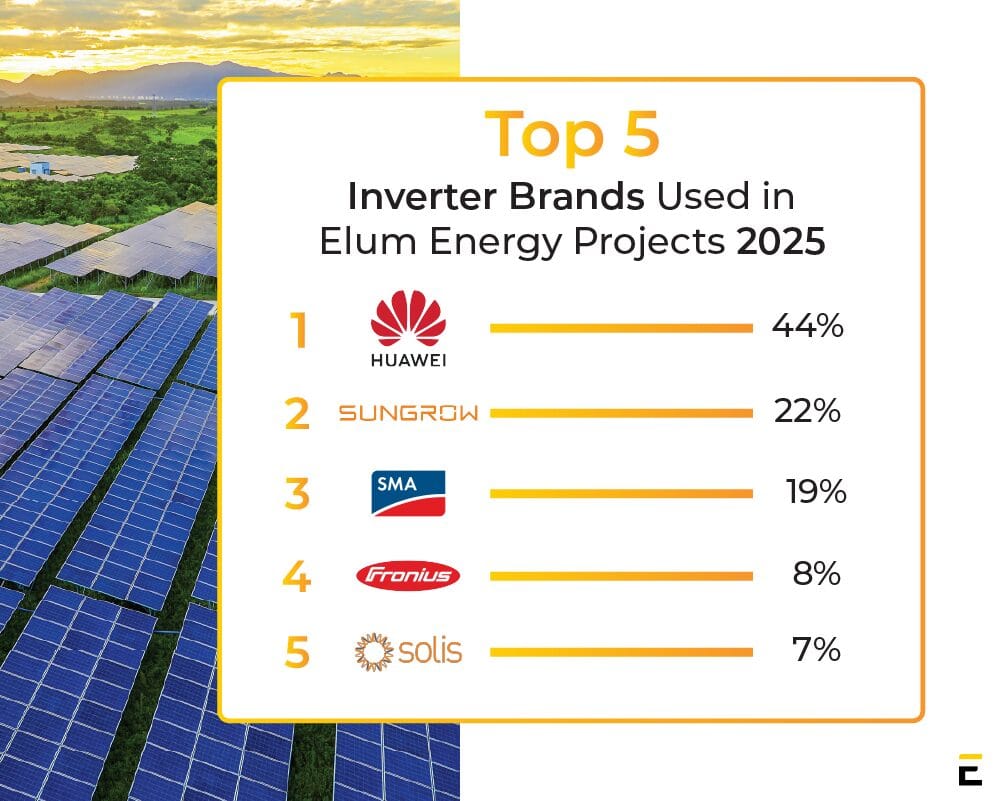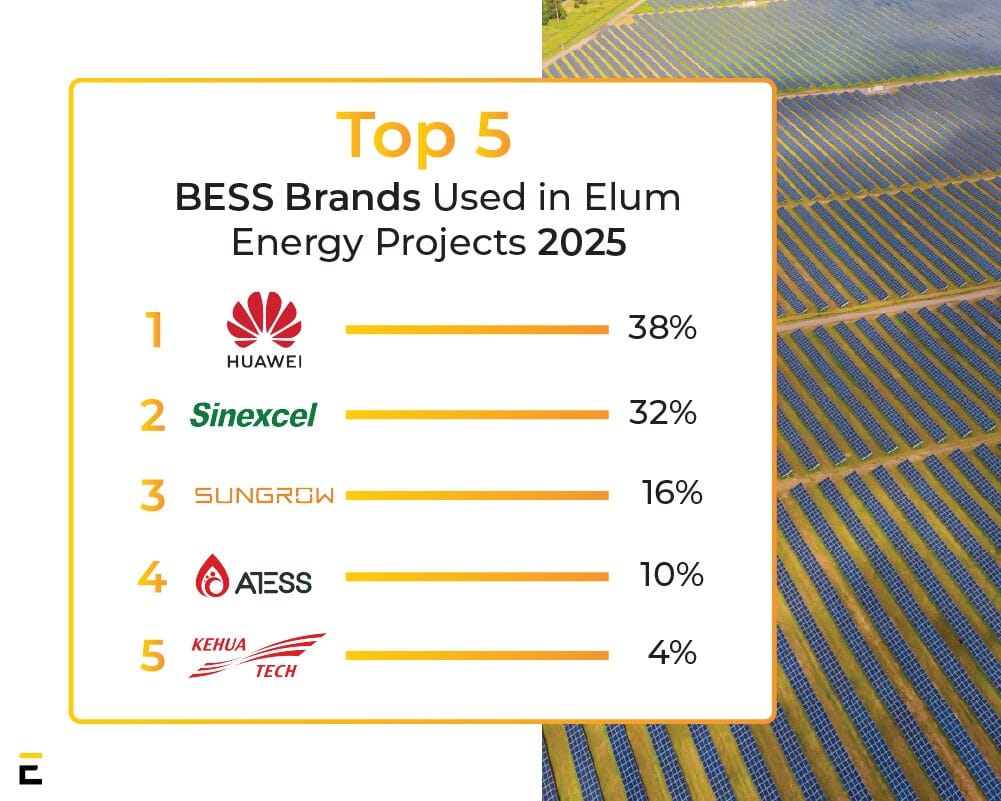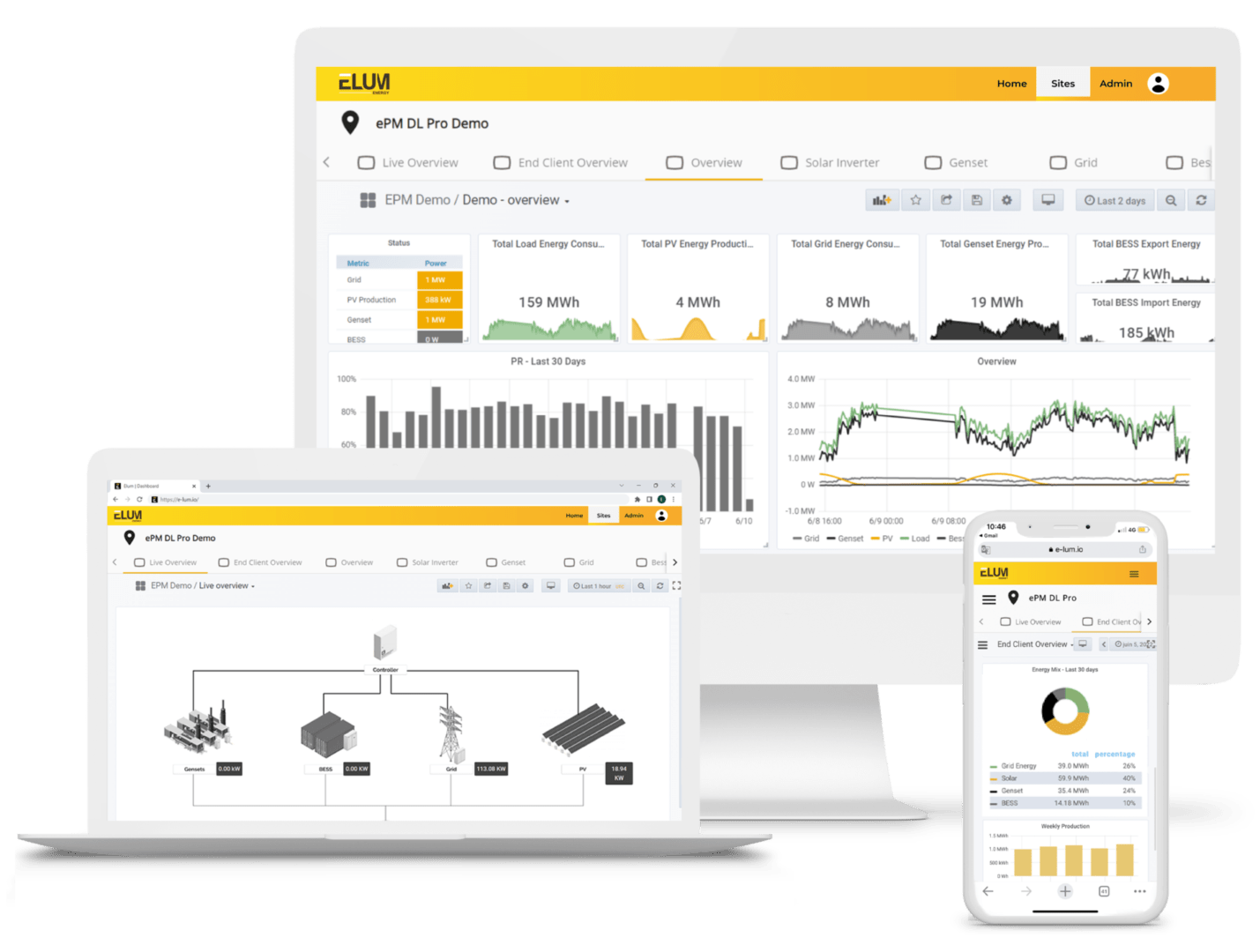How to achieve zero export with multiple points of injection
Multiple points of injection systems are par for the course with large sites. When a solar system has been added to them, the need for zero export arises where local grid operators do not allow energy injection into the grid. Controlling a site’s electrical production while considering grid variations and consumption often results in complex and expensive solutions.
This article will demonstrate how achieving zero export with multiple injection points is possible.
What are multiple points of injection?
The term “multiple points of injection” refers to a method of distributing electricity through multiple points within a grid or network. This system can inject power at several points along the distribution network, rather than just at a single point.
A situation like this can occur if there are multiple electricity providers on one site, or if a system consists of multiple buildings resulting in complex electrical configurations.
When they are paired with a PV system, injection into the grid must be taken into account. The need for zero export or power limitation arises if the national grid operator is restricting full or partial injection of solar energy overproduction into it. These sites have to comply with local grid codes.
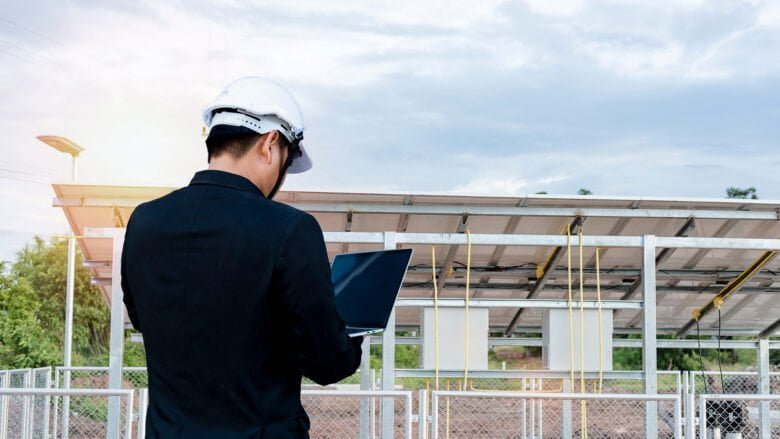
What are the challenges of multiple points of injection?
It is often discovered having signed the contract that a site has multiple injection points and building owners are faced with finding a solution once the project has already started. The offered solution involves using several transformer stations on one site. The reasons for this are as follows:
– Redundancy: When a facility relies on one transformer, that transformer goes out and the facility loses power until it’s repaired or replaced. Having multiple transformer stations allows the load to be distributed among them so that if one transformer fails, the other transformers can continue to provide power.
– Capacity: Large facilities may require more power than a single transformer can supply. In such cases, multiple transformers can be used to distribute the load and provide the required capacity.
– The efficiency of the electrical system: By distributing the load among several transformers, the load can be balanced more effectively, thus reducing the risk of overloading a transformer.
Multiple point of injection and the need for zero export
Before delving into the crux of multiple points of injection further, it is imperative to establish the concepts of zero export, which have been outlined in this article.
As a recap:
Zero export, or power limitation, means no excess PV power is delivered to the grid. This is done to guarantee the grid’s stability and avoid the network’s pollution through the generation of “undesirable” harmonics. It occurs when local grid operators do not allow energy injection into the grid.
PV export limitation refers to reducing the amount of excess power delivered to the grid from a PV system.
Why are there multiple points of injection?
There are several reasons why a building may have multiple points of connection to its national grid. Here are some of them:
– Increased capacity: If a building requires more power than can be supplied through a single connection, multiple connections can be used to increase the total capacity.
– Load balancing: Multiple connections can be used to distribute the load of a building’s electrical demand across multiple connections, reducing the strain on any single connection.
– Regulatory requirements: In some cases, local regulations may require buildings to have multiple connections to the grid for safety or reliability reasons.
– Geographic specificities : For large-scale facilities with multiple buildings it is easier to supply the facility from multiple feeders than from one feeder.
So, now that we’ve seen the reasons why a site may have multiple injection points, let’s look at the two major configurations:
1. Electricity is being transported at different voltage levels
2. Multiple national grids or providers of electricity
1. Electricity is being transported at different levels of voltage
Several C&I buildings are high voltage consumers and wish to transform their voltage level. This is done by using transformers on-site to switch high to medium or low voltage. Injection or using equipment at medium voltage is often prohibited because it or is a political play by local utilities. Consequently, multiple injection points on a lower voltage are more convenient for clients to avoid utilizing equipment from local utilities.
The global solution to this:
To mitigate this, the power after each transformer station is measured. Zero export can be achieved by ensuring that the summation of the meters equates to or near 0.
In order to perform limitation, one would need to sum up the transformers to get the information to the solar controller that will send a command to the PV inverter to limit their production.
The schematic diagram below shows how two transformer stations turn medium voltage into low voltage while feeding the unit:
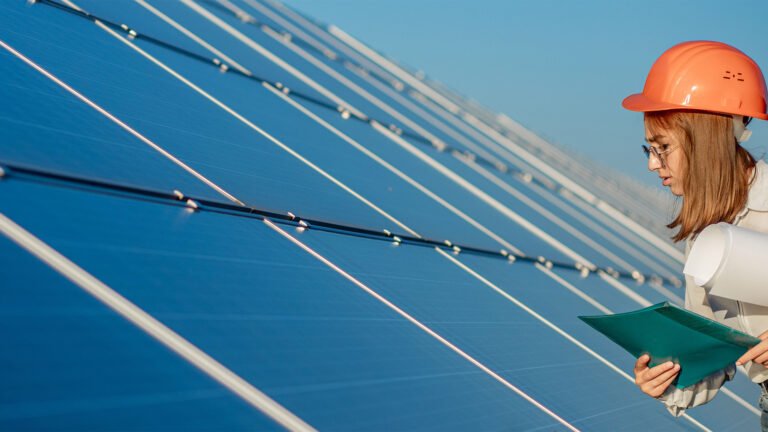
2. Multiple national grids or electricity providers
In some instances electricity is supplied by multiple grids or multiple electricity providers because the grid is unreliable. Sites in bordering countries such as Lebanon, and Palestine may have multiple grid entries. Wherein there is a zero export requirement for none of the solar power produced by a system to go into the grid to avoid solar injection into the grid.
The global solution to this:
At each grid entry, AC meters are installed to ensure that no injection will occur into the grid. These meters either sum both entries or dynamically identify the phase with the lowest active power. When it reaches zero, it sends a command to limit PV inverter output.
Buildings are sometimes fitted with bi-directional meters provided by utility companies or third-party manufacturers (such as Elum). This measures the flow of energy of a building but it cannot be interfered with. To solve this problem, 2 meters at a lower voltage will be used in the configuration to adjust the set point of the system and ensure zero export.
What is our solution?
Controllers can help achieve zero export for grid-connected solar power plants where power management is required. However, the solutions offered on the market are expensive and complicated. More commonly a controller is placed at each injection point to cope with zero export separately per connection point. As these solutions require multiple controllers and specific meters, the commissioning is complex and costly due to its complexity and the cost of hardware.
Whereas, Elum offers a simple and cost-efficient solution with a zero export controller.
Our ePowerControl ZE is able to aggregate the power of the multiple injection points within a system. For example, it can sum up points 1 and 2 and aggregate them to ensure that the grid entry is always positive and that there is no grid export. In this configuration, one controller manages the whole system whereas other configurations require a controller at every injection point.
In this way, you can efficiently manage your power supply and avoid any penalties from the national grid with one controller. As was done in our latest project in Malaysia with 5 different points of injection within one system.
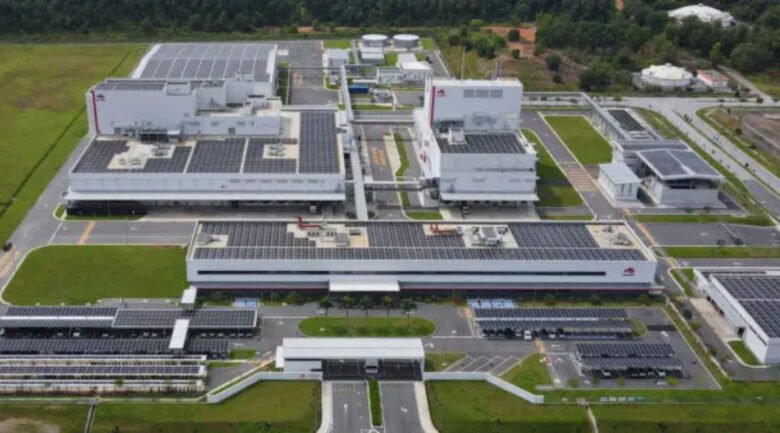
the solar industry?

